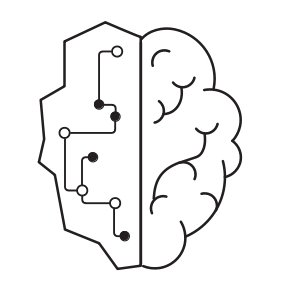- Python version 3 or greater is required
- Install DLPy using
pip install sas-dlpyorconda install -c sas-institute sas-dlpy - Install SAS Scripting Wrapper for Analytics Transfer (SWAT) for Python using
pip install swatorconda install -c sas-institute swat - Access to a SAS Viya 3.4 environment with Visual Data Mining and Machine Learning (VDMML) is required
- A user login to your SAS Viya back-end is required. See your system administrator for details if you do not have a SAS Viya account.
- It is recommended that you install the open source graph visualization software called Graphviz to enable graphic visualizations of the DLPy deep learning models
To connect to a SAS Viya server, import SWAT and use the swat.CAS class to create a connection:
Note: The default CAS port is 5570.
>>> import swat
>>> sess = swat.CAS('mycloud.example.com', 5570)
Next, import the DLPy package, and then build a simple convolutional neural network (CNN) model.
Import DLPy model functions:
>>> from dlpy import Model, Sequential
>>> from dlpy.layers import *
Use DLPy to create a sequential model and name it Simple_CNN:
>>> model1 = Sequential(sess, model_table = 'Simple_CNN')
Define an input layer to add to model1:
# The input shape contains RGB images (3 channels)
# The model images are 224 px in height and 224 px in width
>>> model1.add(InputLayer(3,224,224))
NOTE: Input layer added.
Add a 2D convolution layer and a pooling layer:
# Add 2-Dimensional Convolution Layer to model1
# that has 8 filters and a kernel size of 7.
>>> model1.add(Conv2d(8,7))
NOTE: Convolutional layer added.
# Add Pooling Layer of size 2
>>> model1.add(Pooling(2))
NOTE: Pooling layer added.
Add an additional pair of 2D convolution and pooling layers:
# Add another 2D convolution Layer that has 8 filters and a kernel size of 7
>>> model1.add(Conv2d(8,7))
NOTE: Convolutional layer added.
# Add a pooling layer of size 2 to # complete the second pair of layers.
>>> model1.add(Pooling(2))
NOTE: Pooling layer added.
Add a fully connected layer:
# Add Fully-Connected Layer with 16 units
>>> model1.add(Dense(16))
NOTE: Fully-connected layer added.
Finally, add the output layer:
# Add an output layer that has 2 nodes and uses
# the Softmax activation function
>>> model1.add(OutputLayer(act='softmax',n=2))
NOTE: Output layer added.
NOTE: Model compiled successfully
- DLPy examples: https://github.com/sassoftware/python-dlpy/tree/master/examples
- DLPy API documentation sassoftware.github.io/python-dlpy.
- SAS SWAT for Python
Have something cool to share? SAS gladly accepts pull requests on GitHub! See the Contributor Agreement for details.
Copyright SAS Institute.
Licensed under the Apache License, Version 2.0 (the "License"); you may not use this file except in compliance with the License. You may obtain a copy of the License at LICENSE.txt
Unless required by applicable law or agreed to in writing, software distributed under the License is distributed on an "AS IS" BASIS, WITHOUT WARRANTIES OR CONDITIONS OF ANY KIND, either express or implied. See the License for the specific language governing permissions and limitations under the License.



